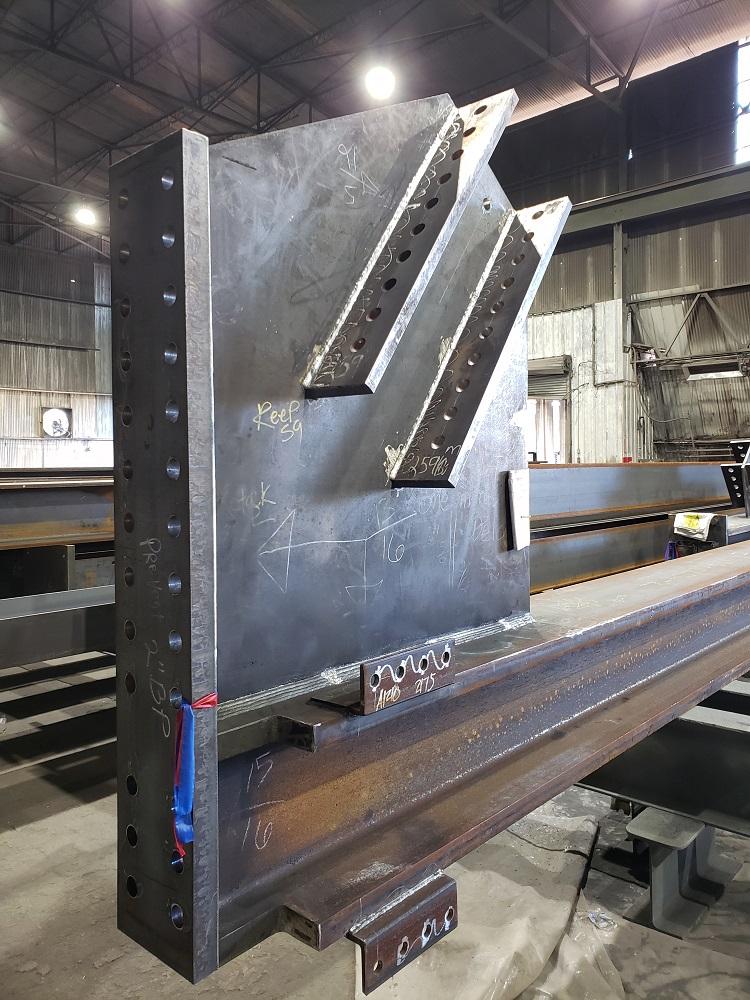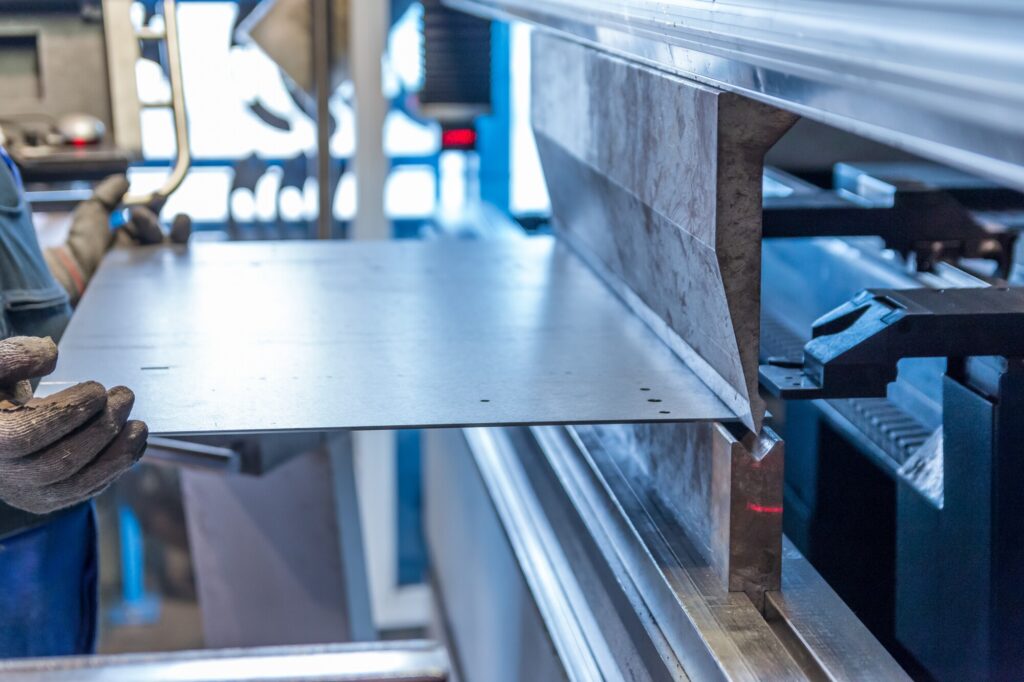The Ultimate Handbook on Custom-made Steel Construction Solutions for Structural Projects
In the realm of architectural projects, the value of customized steel manufacture services can not be overemphasized. From the fundamental understanding of steel fabrication basics to the detailed process of choosing the most ideal products, every action in this trip plays a critical role in the ultimate success of a job.
Recognizing Personalized Steel Fabrication Fundamentals
Delving into the fundamentals of custom-made steel construction gives understanding into the complex process of transforming raw steel into tailored architectural components. Customized steel manufacture is a customized production method that entails cutting, shaping, and assembling steel materials to develop one-of-a-kind structures according to details job demands. Understanding the fundamentals of personalized steel manufacture is crucial for ensuring the effective implementation of structural projects.
The process usually begins with the assessment of task specs and layout requirements. This preliminary stage involves detailed planning and cooperation between designers, producers, and designers to figure out the most suitable strategy for fabricating the steel components. Precision is crucial throughout the fabrication procedure, as also minor variances can influence the architectural stability of the end product.
Numerous methods, such as reducing, welding, and shaping, are utilized to transform raw steel right into the preferred structural aspects. Experienced producers utilize innovative machinery and tools to make sure accuracy and consistency throughout the construction process. Quality assurance procedures are implemented to verify the integrity of the fabricated parts prior to they are constructed on-site, ensuring compliance with industry standards and task specs.
Choosing the Right Steel Products

Most importantly, the type of structural task and its specific needs play a vital duty in establishing the most appropriate steel materials. Variables such as the load-bearing capability, ecological conditions, and preferred life expectancy of the structure will dictate the grade and kind of steel that need to be utilized.
Additionally, the physical properties of the steel, including stamina, ductility, and weldability, need to line up with the job's needs to guarantee optimum performance and toughness (steel fabrication melbourne). Additionally, factors to consider such as rust resistance, cost-effectiveness, and accessibility of the steel materials ought to likewise be considered throughout the selection procedure
Layout Factors To Consider for Structural Projects
Architectural jobs demand careful interest to design considerations to make sure both capability and safety are focused on throughout the building and construction process. When it pertains to making structural projects, a number of essential aspects have to be thought about to guarantee the success of the endeavor. To start with, the structural honesty of the structure need to be a top priority. This involves evaluating loads, stresses, and ecological aspects to figure out one of the most appropriate style that can endure various conditions in time. Additionally, considerations for the performance of the framework play an important function in the style procedure. Recognizing the function of the building and just how it will certainly be made use of helps in creating a layout that takes full advantage of performance and use. Incorporating components that enhance the appearances i was reading this of the framework can even more elevate the overall layout. Balancing performance, aesthetics, and safety is crucial in creating successful structural projects that satisfy both functional and aesthetic demands. By very carefully taking into consideration these facets throughout the layout phase, engineers and this article architects can guarantee the architectural task's success from conception to conclusion.
Improving Fabrication Procedures for Effectiveness

Additionally, applying lean manufacturing concepts can significantly improve efficiency in steel manufacture. By lessening waste, enhancing operations, and boosting communication in between different groups associated with the fabrication procedure, projects can be finished a lot more promptly and with higher quality requirements.
In addition, establishing a well-organized production routine and process can aid in focusing on tasks, assigning resources efficiently, and conference task target dates without delay. By go to website having a clear plan in position and frequently checking progression, any kind of possible traffic jams or hold-ups can be recognized and addressed promptly, ensuring efficient and smooth fabrication processes for structural projects.
Quality Control and Task Monitoring in Steel Manufacture
To make certain the effective implementation of steel construction projects, meticulous quality assurance measures and reliable task administration methods are vital elements in maintaining accuracy and conference client expectations. Quality assurance in steel manufacture includes rigorous inspections at numerous phases of the construction process to validate conformity with project requirements and sector requirements. This includes product testing, dimensional checks, and weld inspections to make certain structural integrity and safety and security.
Job management plays a critical function in coordinating the numerous elements of steel fabrication jobs, such as scheduling, source allotment, and interaction among employee. A distinct job strategy with clear goals, milestones, and timelines assists to monitor progression and address any kind of potential concerns proactively. Effective interaction between all stakeholders, including customers, specialists, makers, and engineers, is crucial for making certain that the project advances efficiently and meets the preferred high quality criteria.
Conclusion
To conclude, personalized steel fabrication plays an important duty in architectural projects by offering tailored options making use of the appropriate materials and design considerations. Effectiveness in construction procedures, top quality control, and effective project management are vital for effective end results. By recognizing the essentials of personalized steel fabrication and implementing streamlined processes, project teams can deliver long lasting and top notch frameworks that fulfill the certain requirements of their customers.
Custom-made steel construction is a specific manufacturing technique that involves cutting, shaping, and assembling steel materials to develop one-of-a-kind frameworks according to certain job requirements.To ensure the effective implementation of steel construction jobs, precise quality control actions and reliable job management practices are crucial parts in preserving precision and conference customer assumptions. Quality control in steel manufacture includes strenuous assessments at numerous phases of the manufacture process to verify compliance with job specifications and market standards (steel fabrication melbourne).Project monitoring plays a critical function in coordinating the different aspects of steel manufacture jobs, such as organizing, resource allocation, and interaction among group members.In final thought, customized steel manufacture plays an important duty in structural tasks by offering customized services making use of the best products and design considerations